Megalithism in Europe likely originated in Brittany, where around 4800 BCE, various cultures of farmers and hunter-gatherers converged. Grand projects enabled the elite to foster collaboration between these groups, leading to a flourishing culture and significant population growth. From around 4500 BCE, settlers carrying the knowledge of erecting menhirs and building dolmens ventured far and wide. They reached Orkney in the north of Scotland, Sweden, the foot of Italy, and possibly even the Caucasus. Consequently, megaliths from the Stone Age can be found in almost every European country.
Recently, a comprehensive reference book (636 pages) was released on these wonders of the world and their associated cultures: "Megaliths: The Origin of Megalithic Cultures in Europe." It's available in English, German, and Dutch, both in black and white and as a full-color hardcover. The book offers extensive information about the cultures of the late Stone Age and the structures they built. With over 1500 photos, it vividly illustrates why visiting them is truly worthwhile.
Given our limited time, here's my top 10 list of megalithic structures in Europe.
- Göbekli Tepe, Anatolia, Turkey: A complex featuring circular structures supported by stone pillars, often adorned with reliefs of animals. It's believed these partly served as sacred spaces for gatherings. The circular spaces were built in the initial phase around 9000 BCE. The site was abandoned around 8000 BCE as settlers had moved further west into Europe. Undoubtedly ranked number one as the oldest known megalithic structure in Europe. Further details can be found on pages 30-33 of "Megaliths."
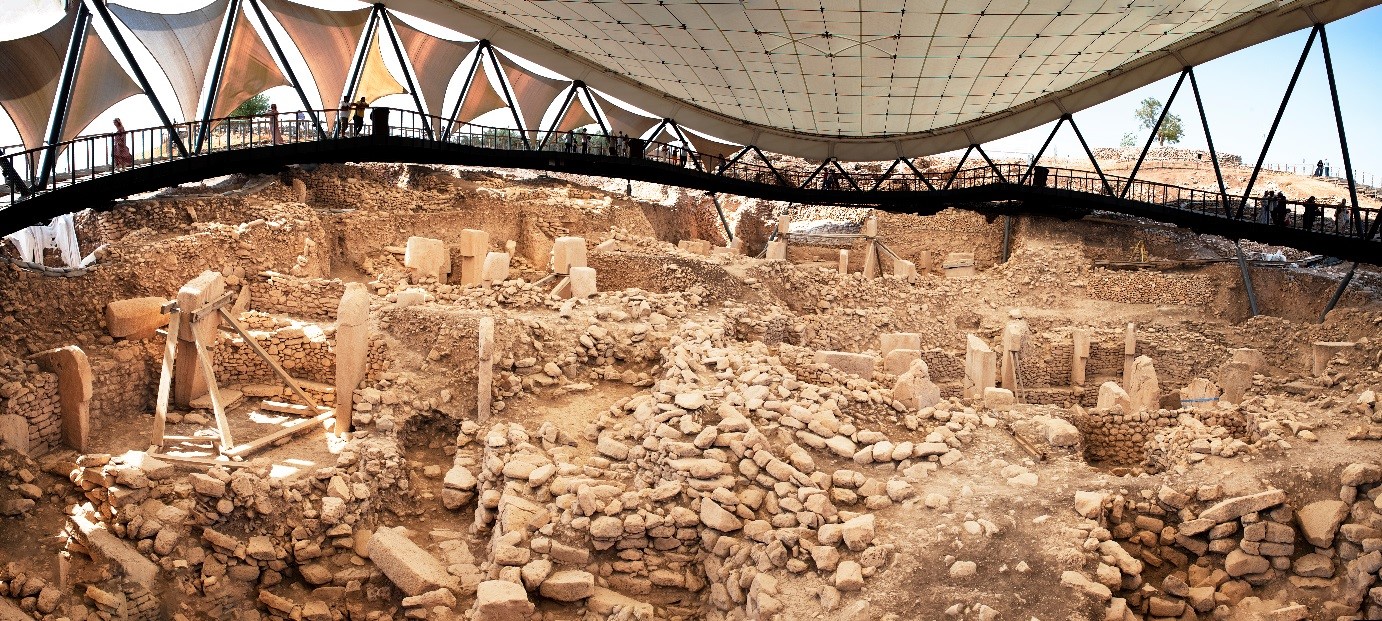 Photo Banu Nazikcan
Photo Banu Nazikcan- Antequera, Spain: This includes three monuments. Cueva de Menga, built around 3800 BCE, consists of closely fitting supporting stones carrying capstones up to 250 tons. It seems to have served as a collective tomb. This doesn't apply to Cueva de Viera from 3500 BCE, featuring a square chamber at the end of a 21-meter-long passage, likely built for a wealthy copper trader or city ruler. A similar case is observed in Cueva del Romeral, considered the best-preserved dome tomb on the Iberian Peninsula. Behind the final chamber lies a small niche. Refer to pages 253-257 of "Megaliths."
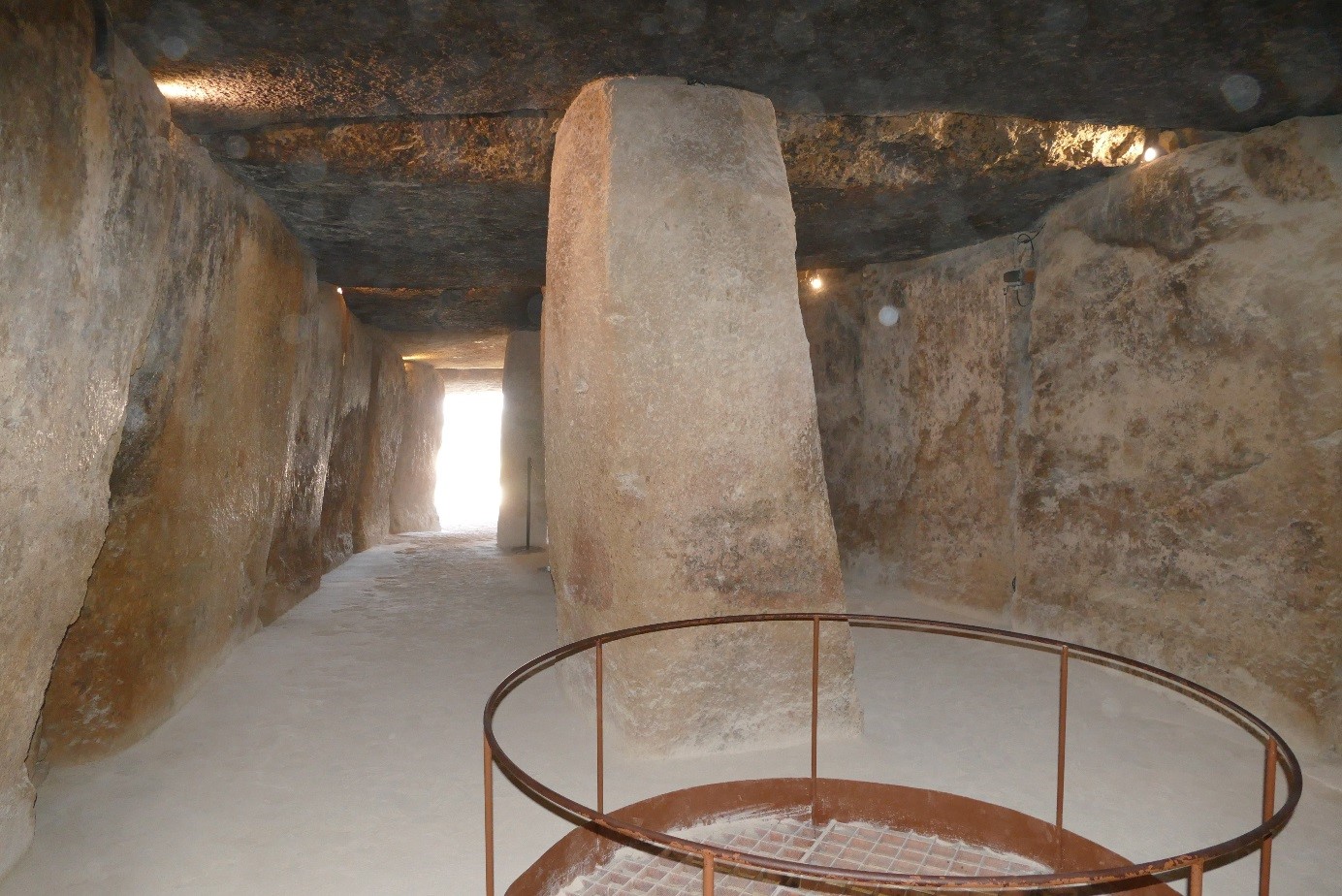
- Alignments of Carnac, France: The effort put into erecting dozens of rows of gigantic stones at Carnac is unimaginable. They must have played a significant role in the new culture that emerged around 4500 in Brittany. These rows were part of a vast array of megalithic monuments around Golfe du Morbihan. It's hard to deny that this area was once the epicenter of megalithic culture, shaping Europe from 4500 to 2500 BCE. Refer to pages 77-112 Megaliths.
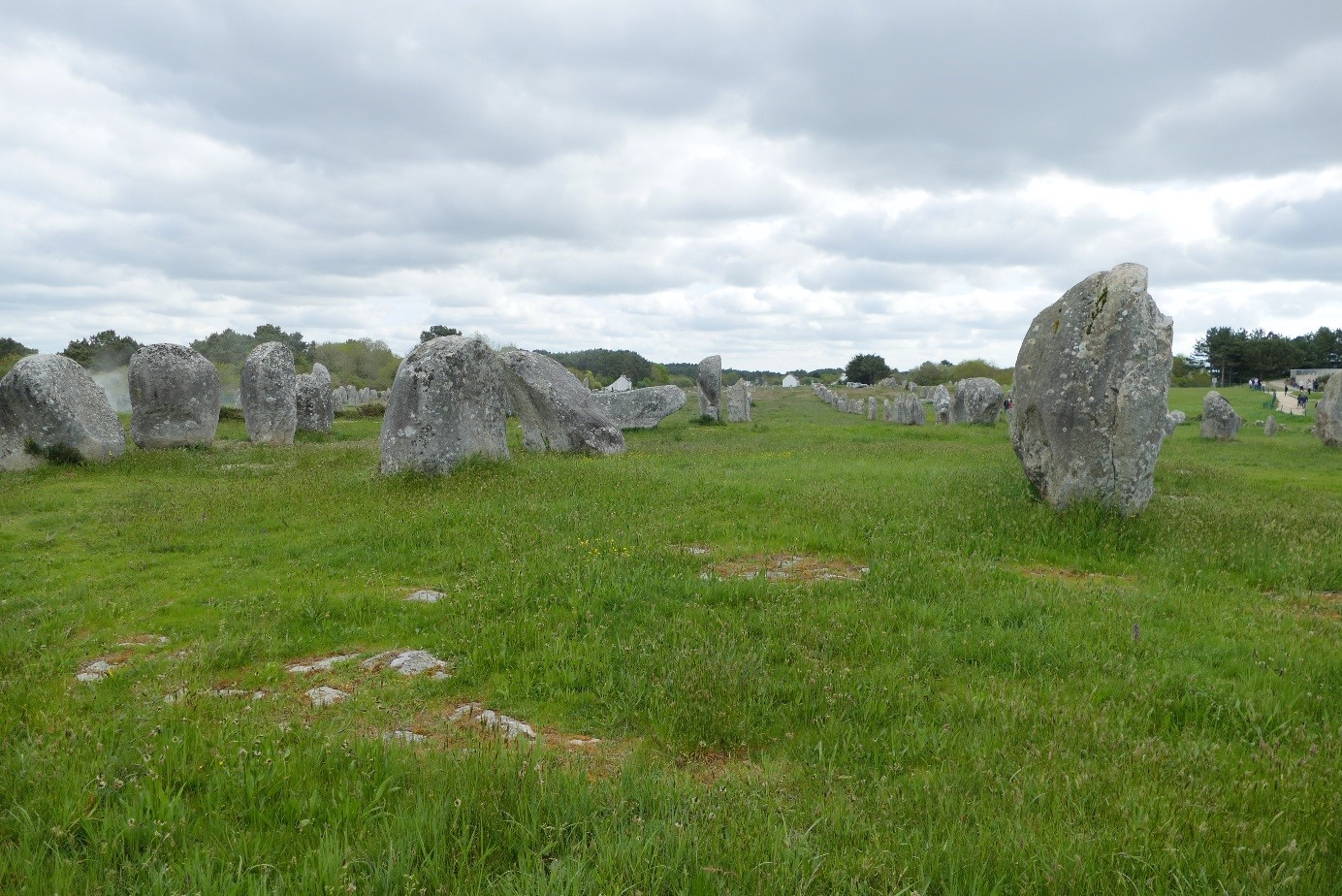
- Vinquoy Cairn, Orkney, Scotland: Choosing among the many Stone Age monuments in Orkney is challenging, but Vinquoy Cairn remains impeccably preserved, beautifully situated on a hill on the island of Eday, reachable daily via a ferry service from Mainland. The chamber has four side chambers built from red sandstone, resembling the impressive Maeshowe. However, due to Maeshowe often being crowded with tourist buses, it doesn't top the list in Orkney. Other 'must-see' sites in Orkney include Midhowe on Rousay, Wideford Hill (Mainland), Cuween Hill (Mainland), Unstan Cairn (Mainland), Skara Brae (Mainland), and the stone circles at Stennes (Mainland). See also pages 176-199 of "Megaliths."
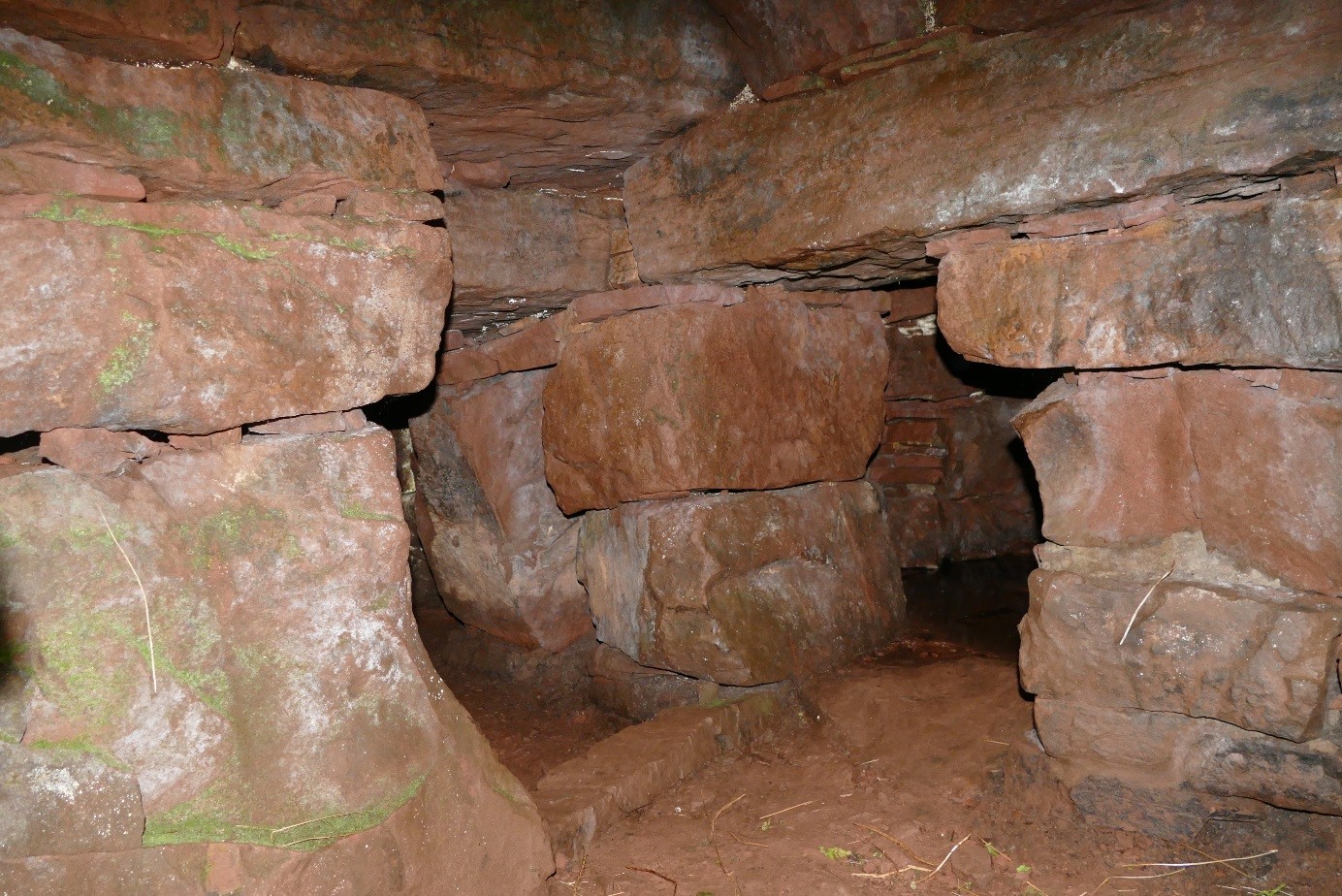
- Stonehenge, Salisbury, England: The epitome of megalithic structures with 30 enormous sarsen stones connected with mortise and tenon joints. Surrounding them are two concentric circles of bluestones likely sourced from Wales. There's little doubt that Stonehenge was a religious center for the wider area. It was one of the final grand expressions of megalithism. It's probable that Stonehenge was never fully completed, with construction ceasing around 2500 BCE. Refer to pages 208-212 of "Megaliths."
 Photo Harrie Wolters
Photo Harrie Wolters- Newgrange, Boyne Valley, Ireland: This monument bears the grandeur of Egyptian pyramids. Built around 3200 BCE for the ruling elite, its 19-meter-long passage leads to a chamber nearly 4 meters high. At the entrance lies a megalith adorned with exquisite spirals, zigzag patterns, and a triskelion. Other perimeter stones also bear engravings. While in the Boyne Valley, a visit to Knowth is essential, featuring a passage tomb 67 meters in diameter, surrounded by 12 smaller passage graves. The decorations at Knowth comprise more than a third of all megalithic art in Western Europe. See also pages 149-150 Megaliths.

- Ħal Saflieni Hypogeum, Malta: This isn't exactly a megalithic structure but a rock-cut tomb from 4000-2500 BCE. Numerous burial chambers are carved into the rocks, giving the impression of being constructed from megaliths. Some chambers also contain abstract paintings. Unfortunately, access is limited, and photography is prohibited. In close proximity lie the Tarxien Temples with similar decorations and authentic megaliths dating back to 3100 BCE. Like Orkney, Malta is a haven for Stone Age enthusiasts. Refer to pages 327-334 of "Megaliths."
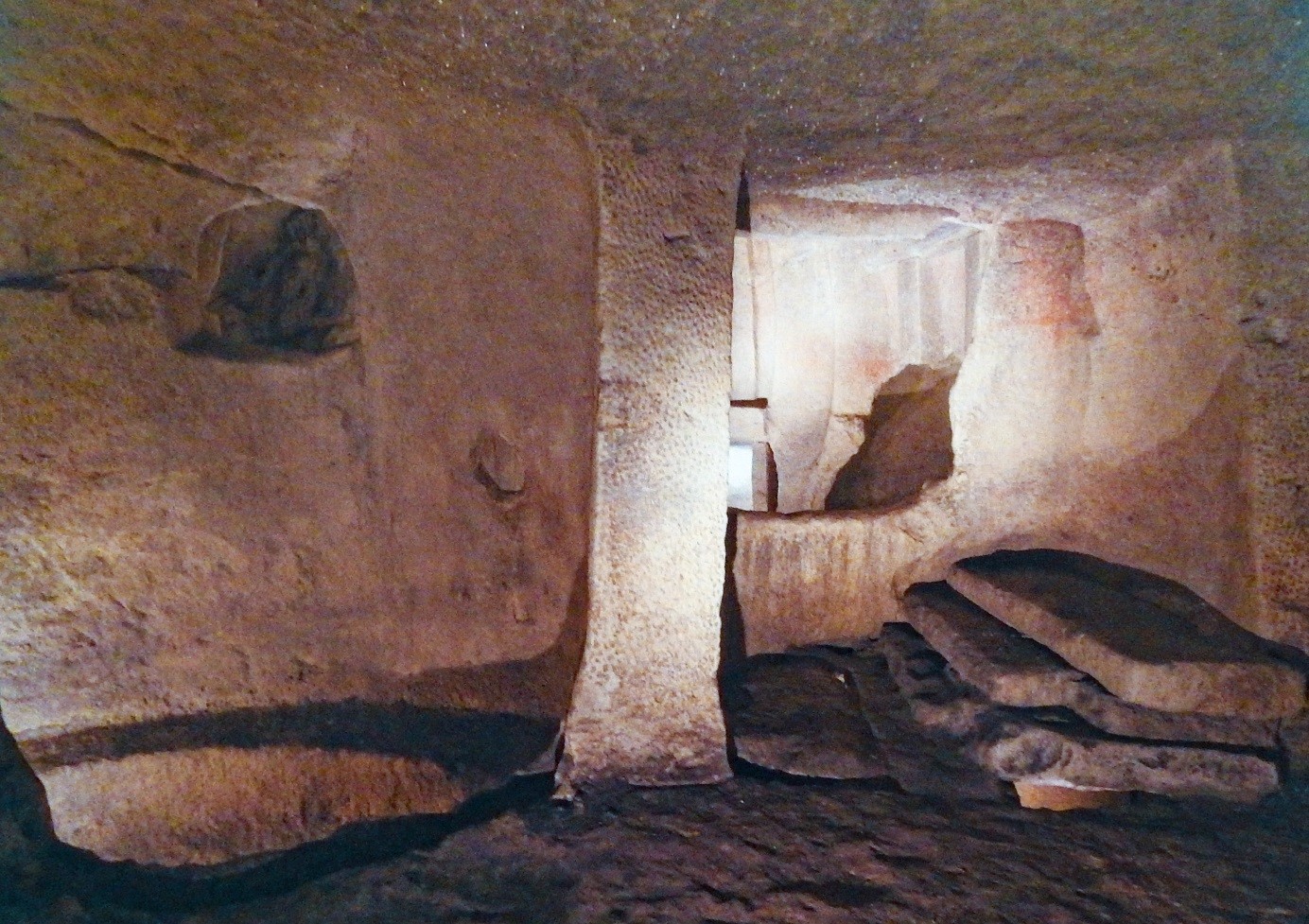
- Raevehoj, Zealand, Denmark: Zealand served as the epicenter of megalithic cultures in Scandinavia. The chamber in this fully intact tomb stands at an impressive 2.20 meters in height. This height was achieved by placing additional boulders atop the large supporting stones, covered with gigantic capstones. A compartment, presumably for an important person, was arranged in the corner using threshold stones. When the chamber was opened, the remains of as many as 92 individuals were found. In one corner lay nine separate skulls, possibly indicating ancestor worship rituals performed with the bones. Built around 3000 BCE. See also p. 430 of "Megaliths."
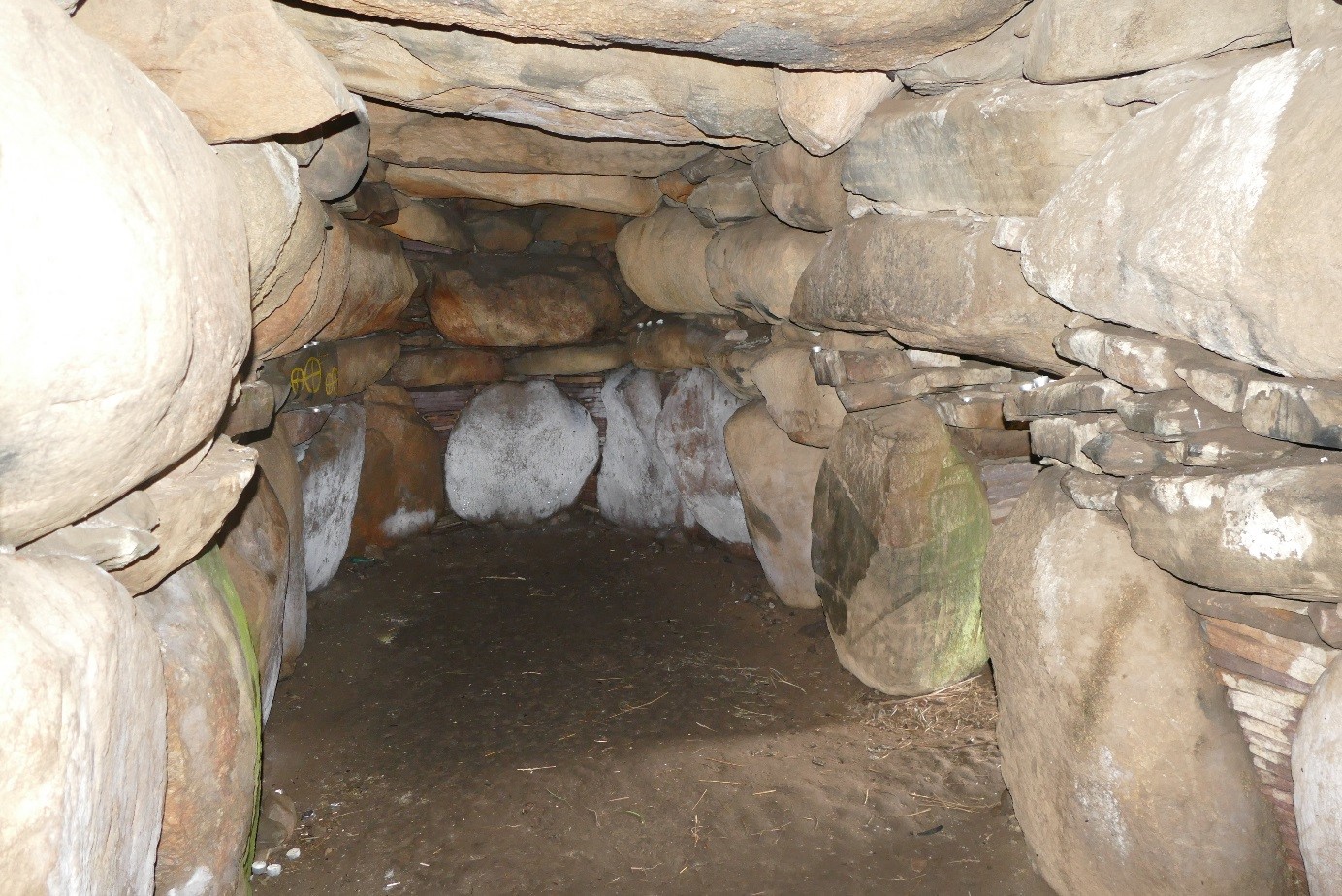
- Necropoli di Montessu, Sardinia, Italy: Sardinia mustn't be omitted from the list. It boasts hundreds of rock tombs and giant tombs. Montessu, dating back to the fourth millennium, features around 40 rock tombs, some of which still bear engravings of spirals, circles, and bull horns. Among the giant tombs, Tomba dei Giganti Ósono is likely in the best condition. This monument was only discovered in the 1990s. The 10-meter-long chamber connects to a crescent-shaped forecourt, with the entrance marked by a trilithon. Built around 1700 BCE. See also pages 311-320 of "Megaliths."
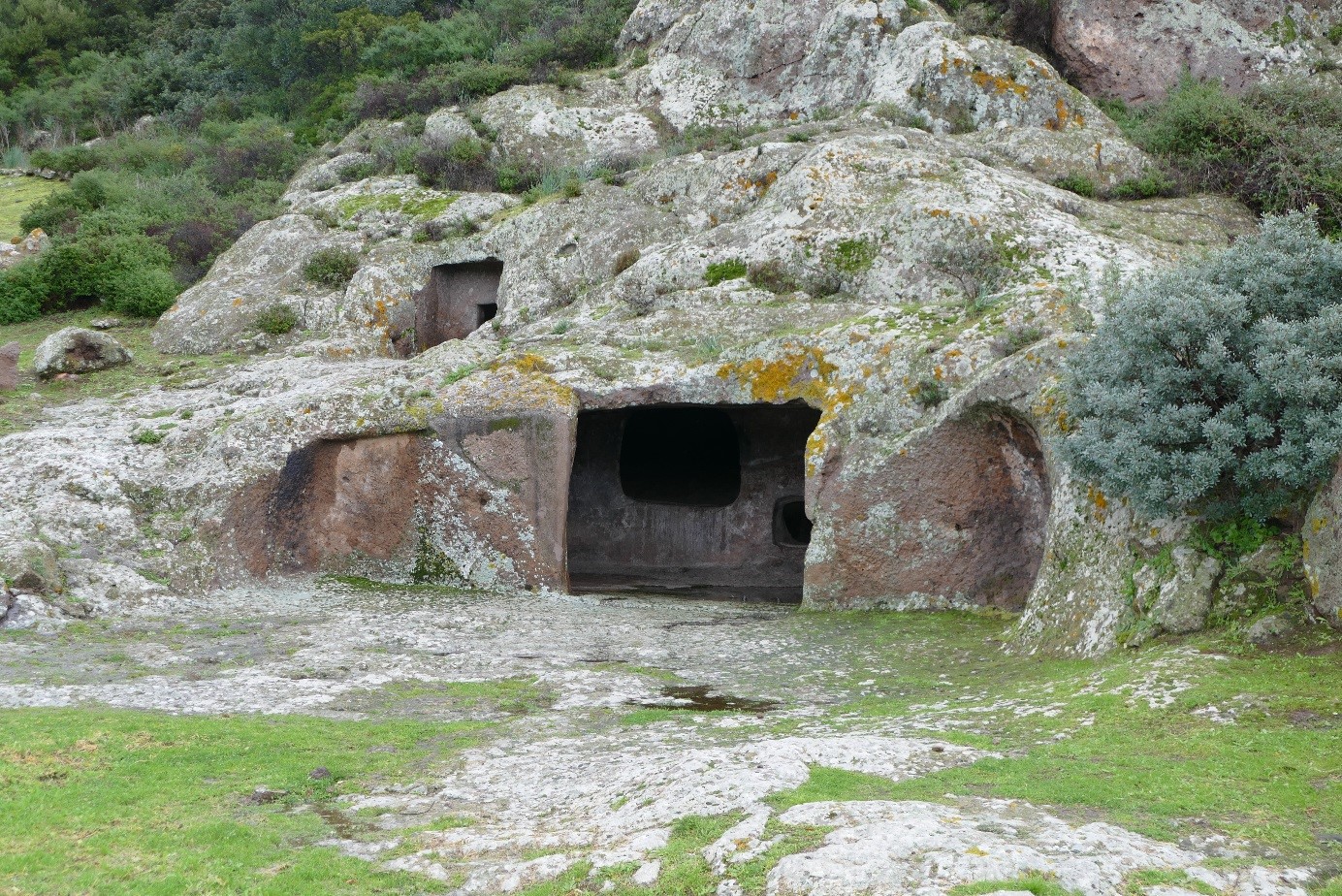
- Kungagraven, Southern Sweden: The burial chamber concealed beneath a heap of boulders features supporting stones engraved with depictions of people, animals, zigzag lines, and sun rays. These are Europe's hieroglyphs, narrating a story from the Bronze Age. One can ponder for hours on the meaning behind these figures. The burial chamber, from the dagger period, was constructed around 2500 BCE, making it one of the final megalithic structures from the Stone Age. See also pages 482-484 of "Megaliths."
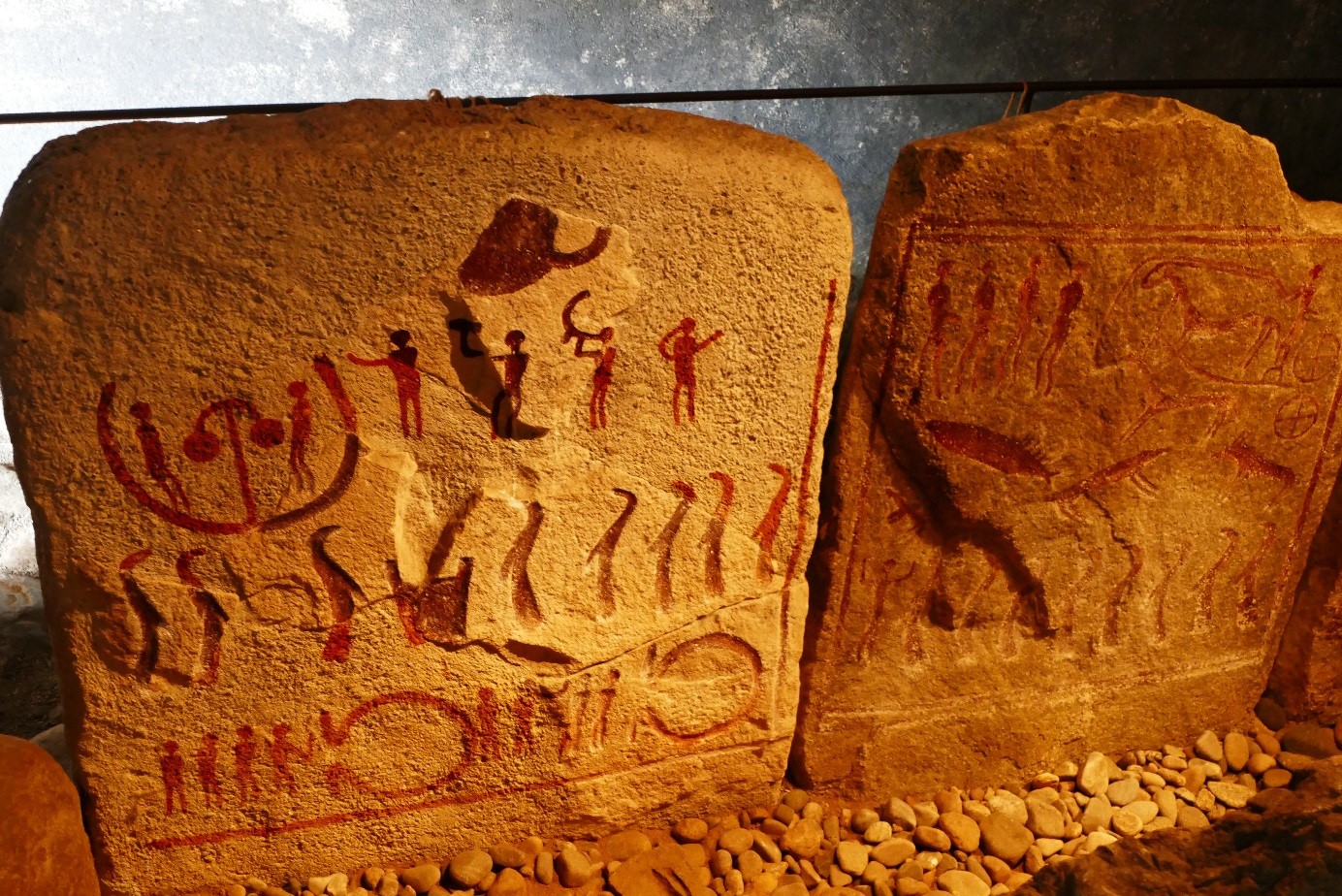
- La Roche-aux-Fées, Brittany, France: Constructed with gigantic stones, the heaviest weighing a staggering 45 tons. In the more than 20-meter-long chamber, one can stand upright anywhere. The chamber is divided into compartments with large pillars and is preceded by an impressive portal. Built around 3100 BCE. See also page 359 of "Megaliths."
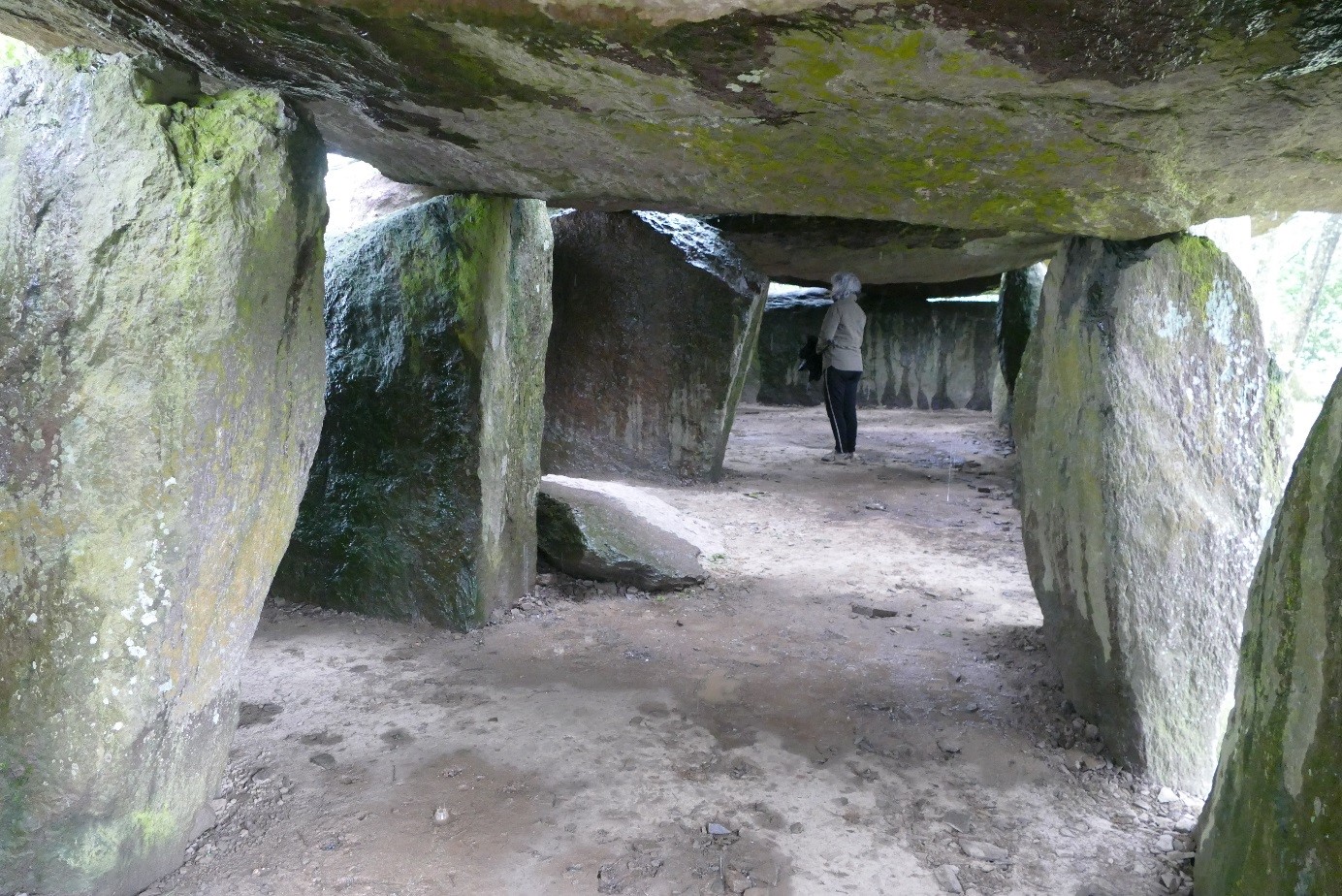


Reacties
Note: HTML is not translated!